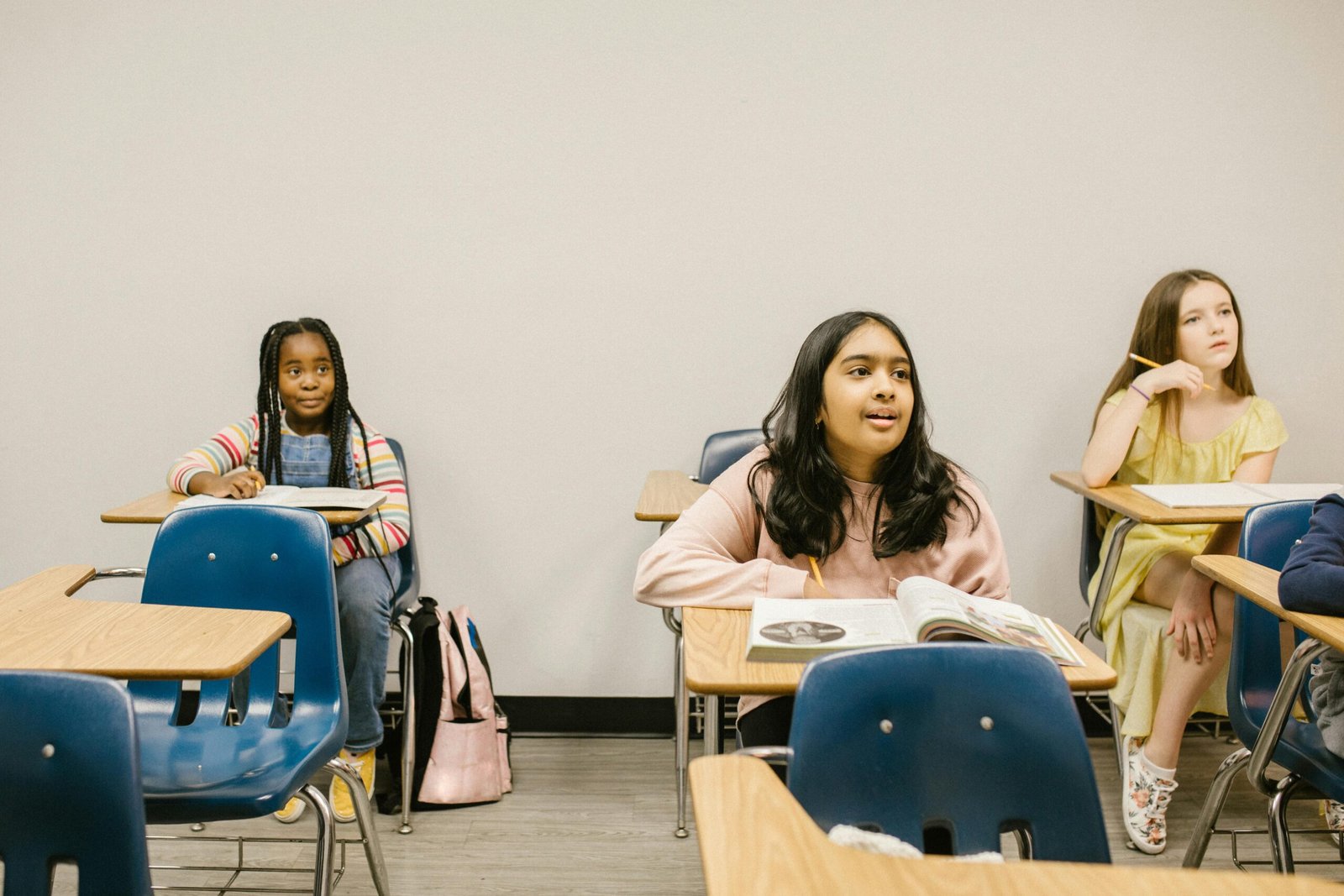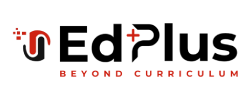
Analyzing and Evaluating Information
In today’s digital world, young learners are surrounded by more information than ever before. News updates, social media posts, advertisements, and search results compete for attention every second. With so much material to process, it becomes important to ask: how do students know what to trust? This is where analyzing and evaluating information comes into play.
At Edcosmo, through the EdPlus program, we guide students to think critically, question what they see, and build strong habits of inquiry. Instead of taking content at face value, learners learn to examine, assess, and reflect. This habit not only improves academic performance but also prepares them for responsible decision making in everyday life.
Why Analyzing and Evaluating Information Matters?
Information itself is not the challenge. The challenge lies in separating useful knowledge from misleading or biased messages. Young learners may come across material that looks convincing but is based on weak arguments, half truths, or outright misinformation. Developing the ability to analyze helps them pause, reflect, and make sense of what they are reading or watching.
Evaluation builds another important layer. Students learn to judge credibility, spot persuasion techniques, and understand the difference between fact and opinion. With practice, they become less likely to be swayed by flashy statements and more likely to rely on evidence and reasoning.
Activities that Strengthen Critical Thinking
In EdPlus classrooms, analyzing and evaluating information is made practical through engaging activities. These activities are designed to encourage students to think, question, and discuss in meaningful ways. Some examples include:

Fact vs. Opinion exercises: Students review short texts and identify which statements are based on data and which are personal viewpoints. This activity builds awareness of how easily opinions can be presented as facts.
Credibility checks: Learners look at different sources on the same topic, then discuss which one is more reliable and why. By comparing authors, references, and tone, they begin to understand that not all sources carry the same weight.
Spotting bias: Using advertisements or opinion pieces, students analyze the language used to persuade. For example, they may highlight emotional words, exaggerated claims, or selective information. This practice helps them see how bias can shape content.
Group discussions and debates: Sharing different perspectives in a guided setting helps learners practice respectful disagreement. They learn that evaluation is not about finding a single “right” answer but about weighing evidence carefully.
Each activity is hands-on, interactive, and designed to make students feel confident about questioning what they consume.
Real Life Connections: Why This Skill Matters Beyond Classrooms
On one hand, analyzing and evaluating information improves academic learning. Students write essays with stronger arguments, support answers with evidence, and interpret data more accurately. On the other hand, the benefits reach far beyond the classroom.
A teenager scrolling through social media can recognize when a post is exaggerated for likes rather than based on facts.
A young adult planning to buy a product online can question reviews that look suspicious or overly positive.
A future professional in any field can separate genuine reports from biased commentary and make informed decisions.
The EdPlus Approach
At Edcosmo, we believe that teaching students what to think is less important than teaching them how to think. EdPlus provides structured learning pathways where critical analysis is not an extra activity but a core part of growth. Through guided practice, learners not only sharpen academic skills but also develop resilience against misinformation.
The outcome is clear. Students become aware of how content can be shaped by intention, they develop healthy skepticism toward unchecked material, and they gain tools to make sense of a noisy information landscape.
Conclusion
Analyzing and evaluating information is one of the most significant skills a student can develop today. It helps them separate fact from opinion, assess credibility, and identify bias with clarity. Through EdPlus, these skills are nurtured in practical, engaging ways that connect directly to real life experiences.
